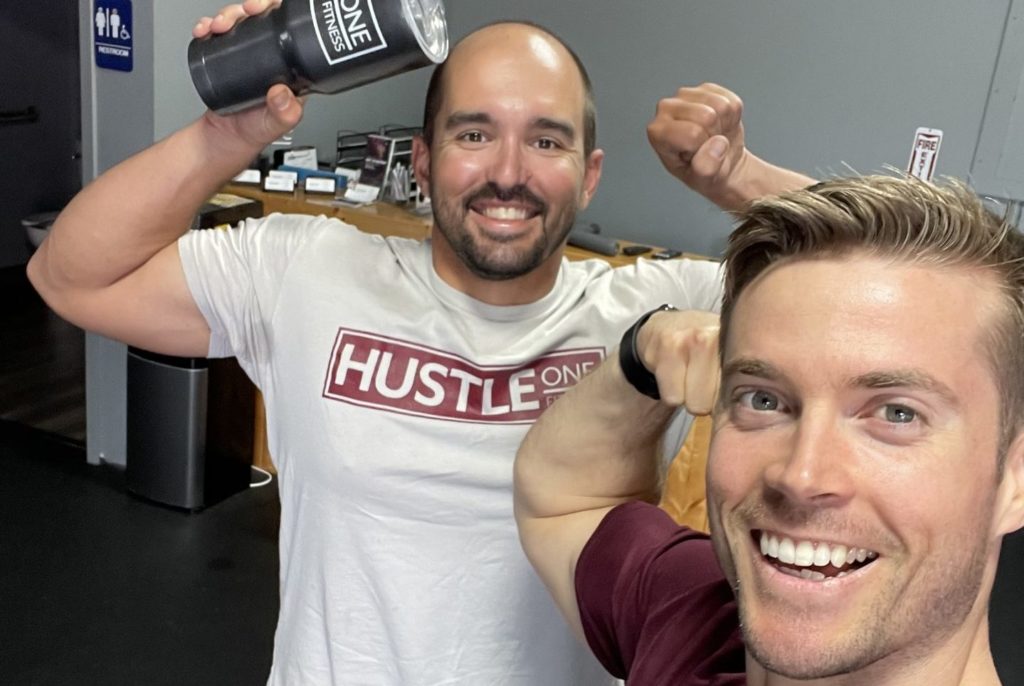What to Eat to Keep Muscle
Our recent blog was focused on the two most important things you need to do to lose weight. If you missed it, you can find it here.
Today, I want to talk about the important levers to pull to hold onto muscle, and how you should prioritize them from a dietary standpoint.
There is a ton of information out there on how to build muscle, but these few key points have helped our members at our gym in West Ashley build and maintain lean muscle mass the best.
First up: Protein
There are 4 things that matter when it comes to protein, and they are listed in order of most important to least important.
- Quality: eat real, whole foods that are minimally processed. When it comes to proteins, diversifying your protein and making sure it is a good and reliable protein source is best! This means consuming protein that is low in fat and carbohydrates. When you think about eating protein, you should focus on only eating protein. Good sources of lean protein: chicken, fish, beef, poultry, egg whites, eggs, tofu.
- Quantity: eating the right amount of protein. 0.7-1 gram per pound of bodyweight is a great starting spot. The amount of protein you eat is also dependent on your goals and activity level. A more active individual requires more protein than a sedentary individual. Larger amounts of protein are also great for people who are looking to lose some body fat, because more protein helps keep you more full for longer while in a calorie deficit.
- Equal distribution throughout your day. A good rule of thumb is to eat equal amounts of protein at least 4 times per day.
- Time protein intake around training. Two hours before, and within 2 hours after is a best practice to promote muscle growth and recovery.
Next up: Carbs
Not as important as protein for maintaining muscle mass, but still ultra important, are carbohydrates.
For strength training, like what you do at Hustle One almost everyday, carbohydrates help promote muscle growth and fuel you up for your workout.
The amount of carbs are also dependent on the intensity of your workouts.
Higher intensity strength or conditioning workouts require more carbs than a day off or a lower intensity workout.
Last up: Calories
Caloric Surplus: its been shown that for beginner to intermediate exercisers, a caloric surplus of 10-40% is best for muscle growth. This is great for a body recomposition, because many of those calories will be coming from carbs and protein.
Caloric Restriction: poses a threat to severe muscle loss. When you restrict calories, your body finds a way to compensate: it will begin to break down muscle. For losing weight and body fat, a caloric surplus is needed. But keep in mind, this blog os about preserving your muscle mass.
So, if you wish to maintain your muscle mass, focus on staying within a small deviation from normal for you.
Whenever we work with new nutrition clients, we always focus on protein first.
Increasing your protein intake doesn’t just help build and preserve muscle, but it keeps you full, it promotes lean body mass, which in turn promotes more fat loss.
A meal prep tip for you this weekend: choose your protein(s) for the upcoming week and build your meals around those!
If you need more help in growing or maintaining muscle mass, start here.
I’ll see you in the gym!
James
What to Eat to Keep Muscle

